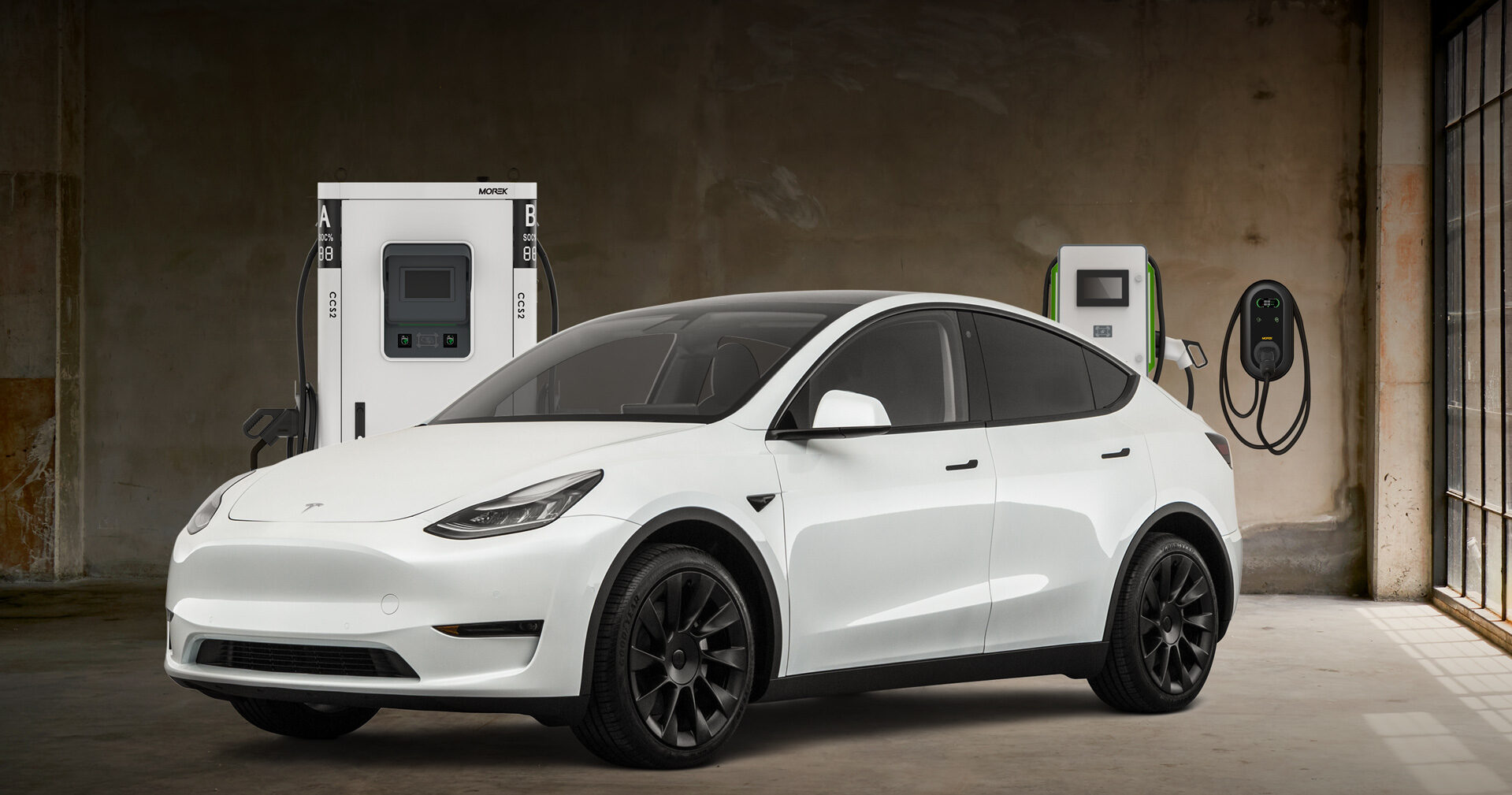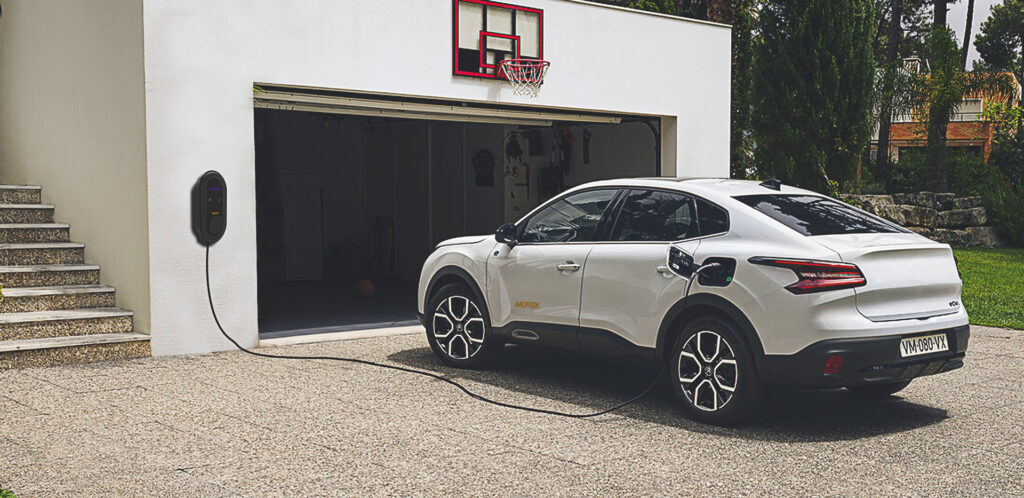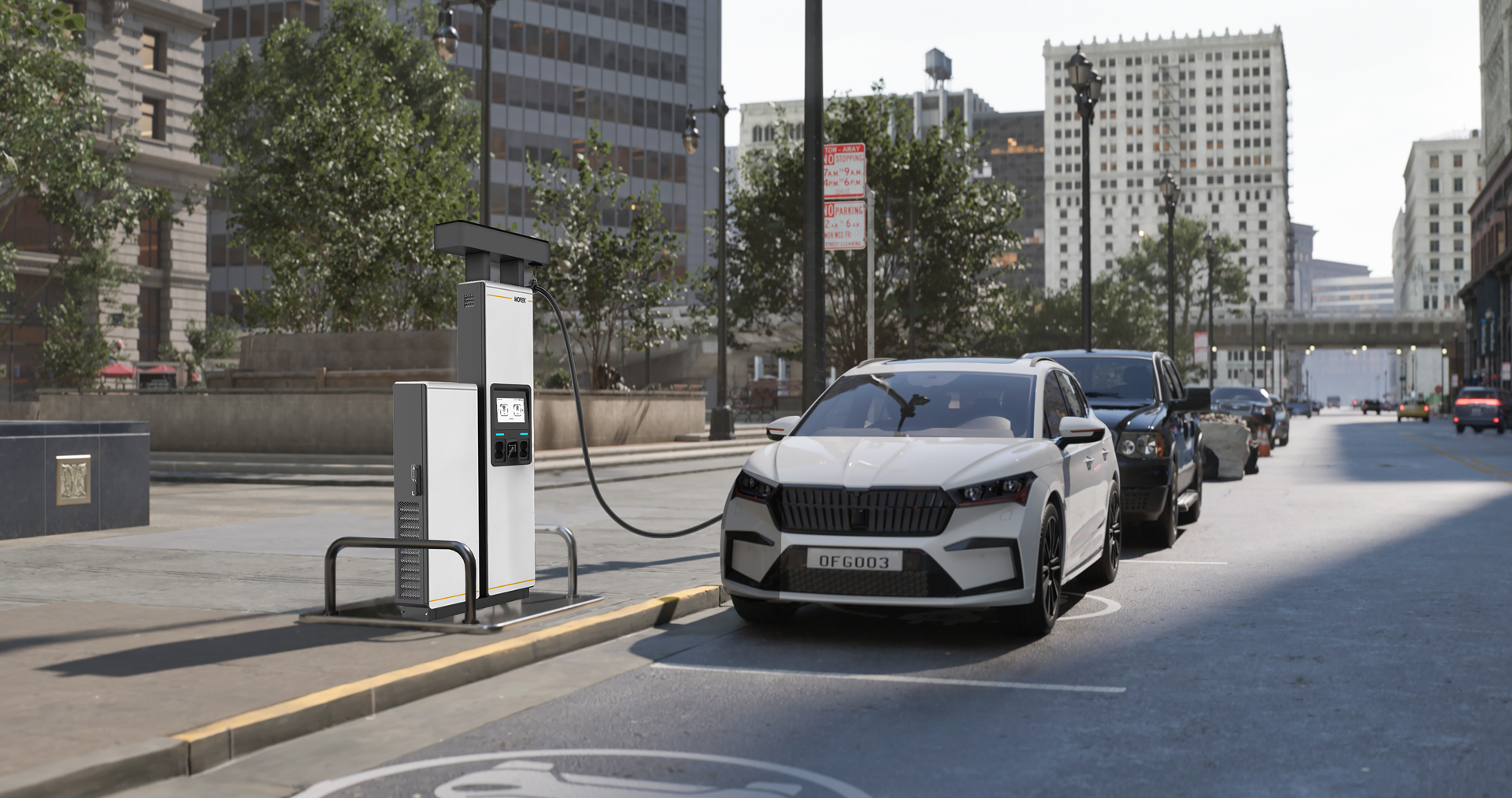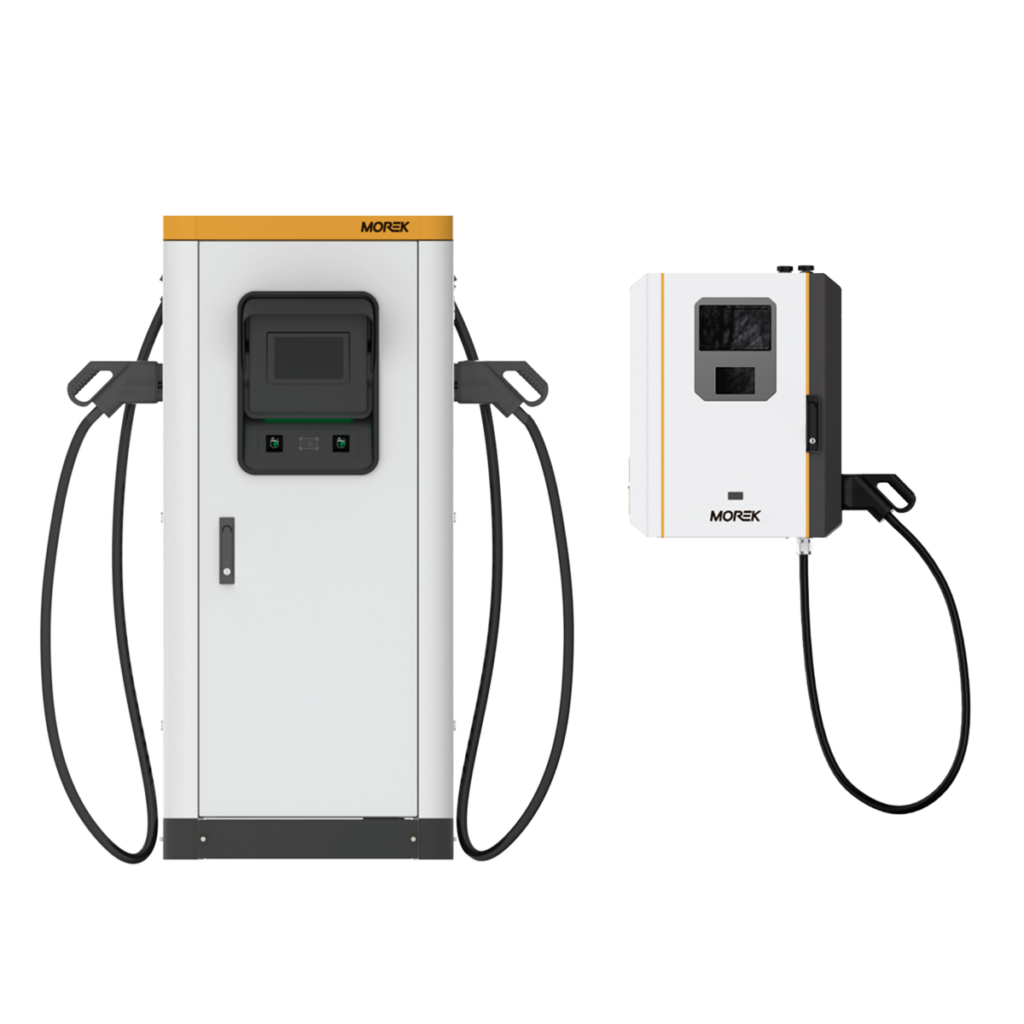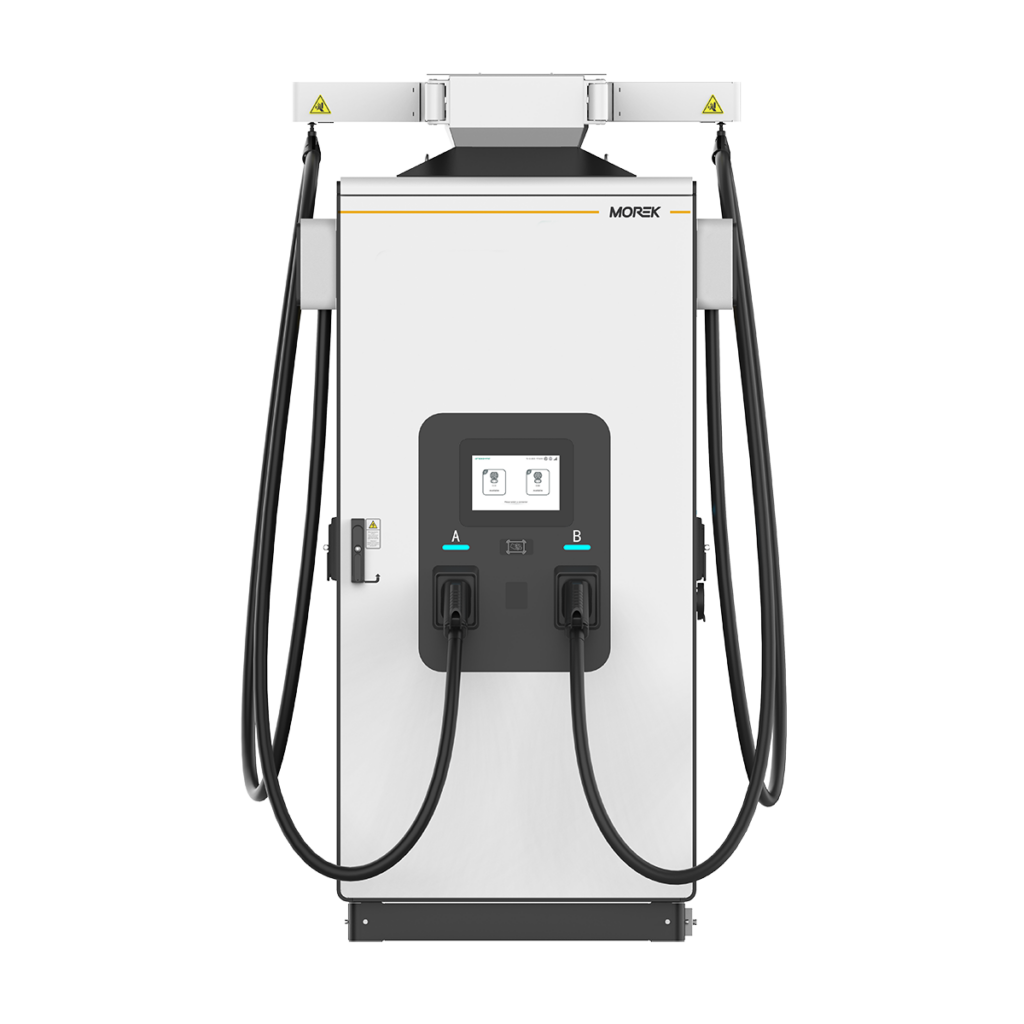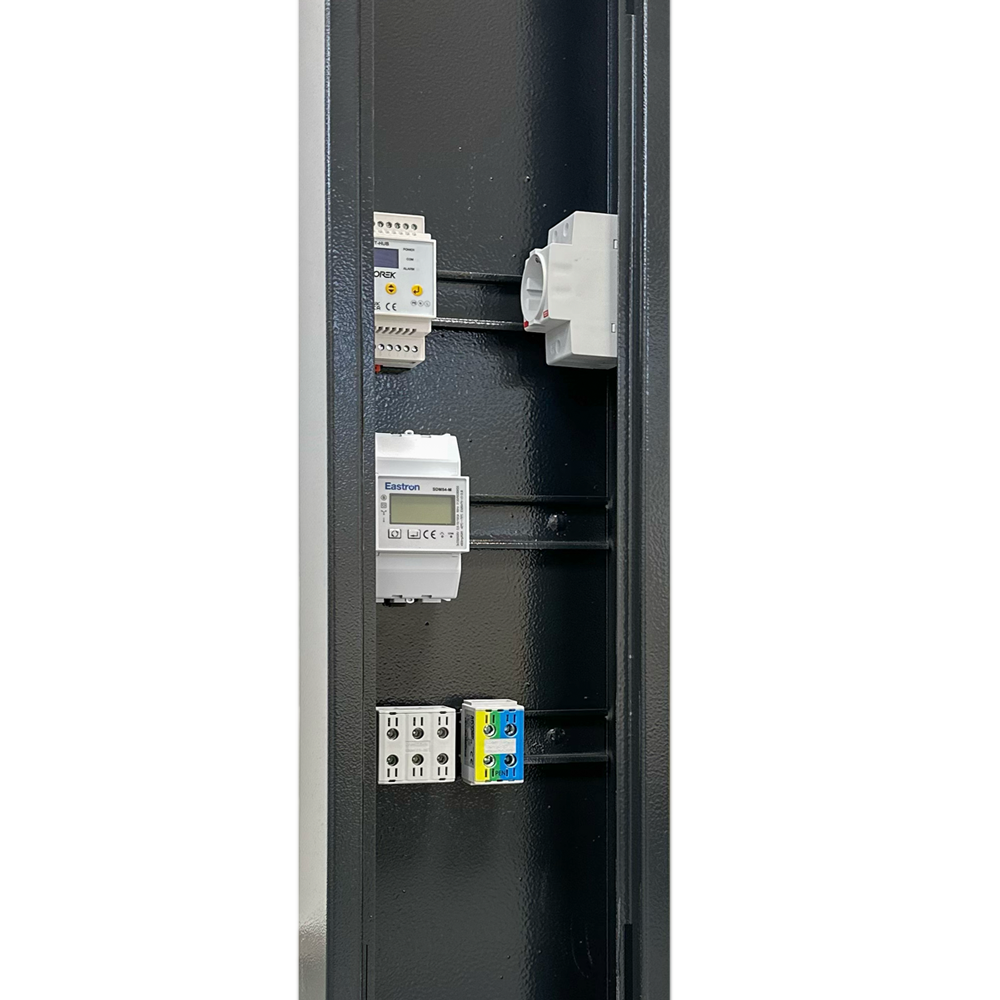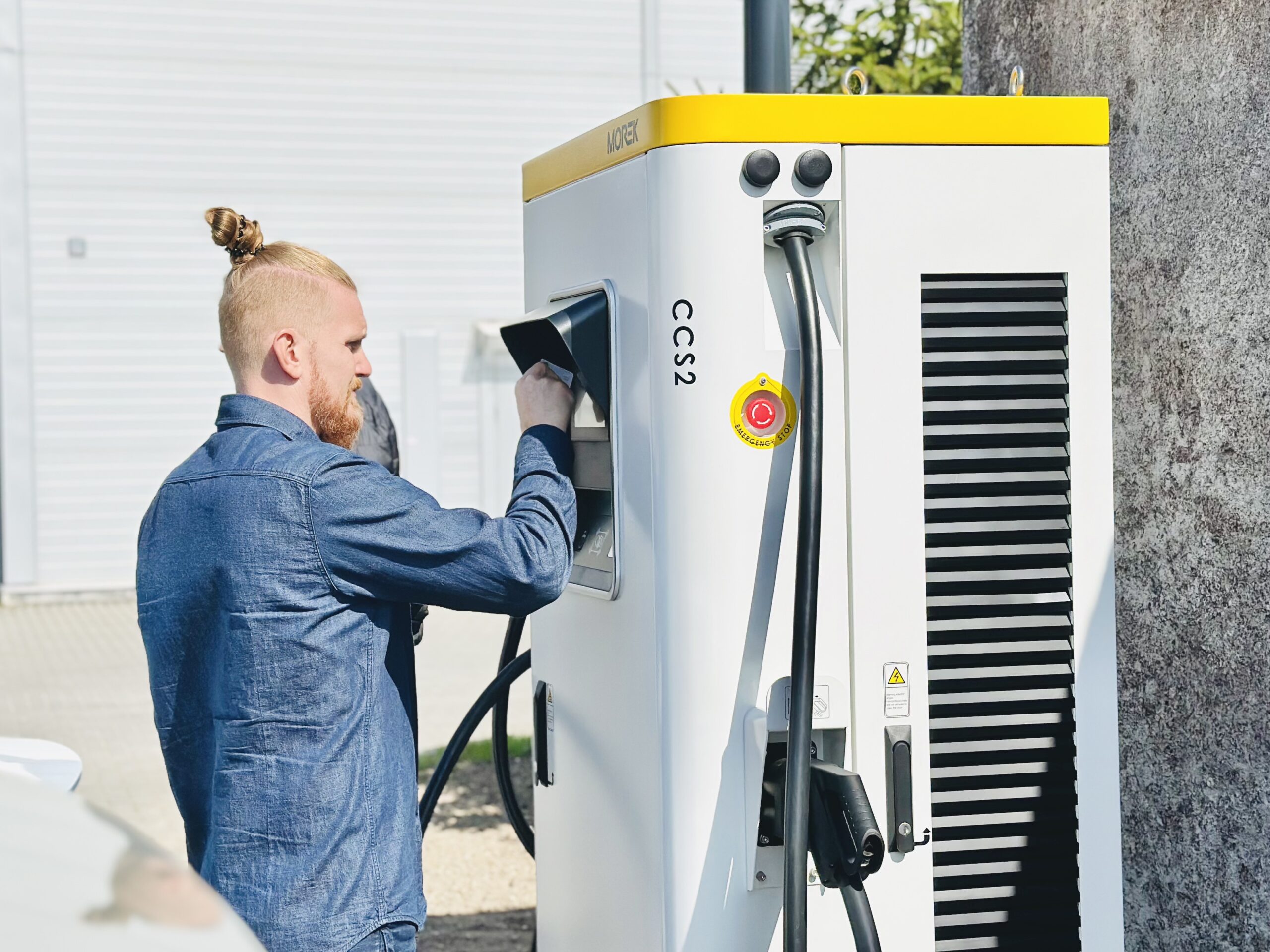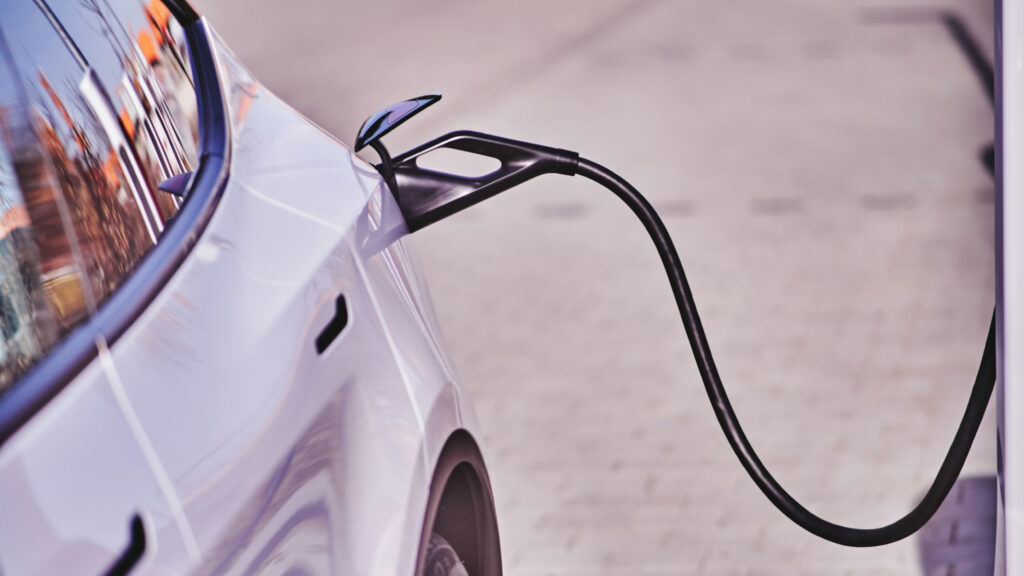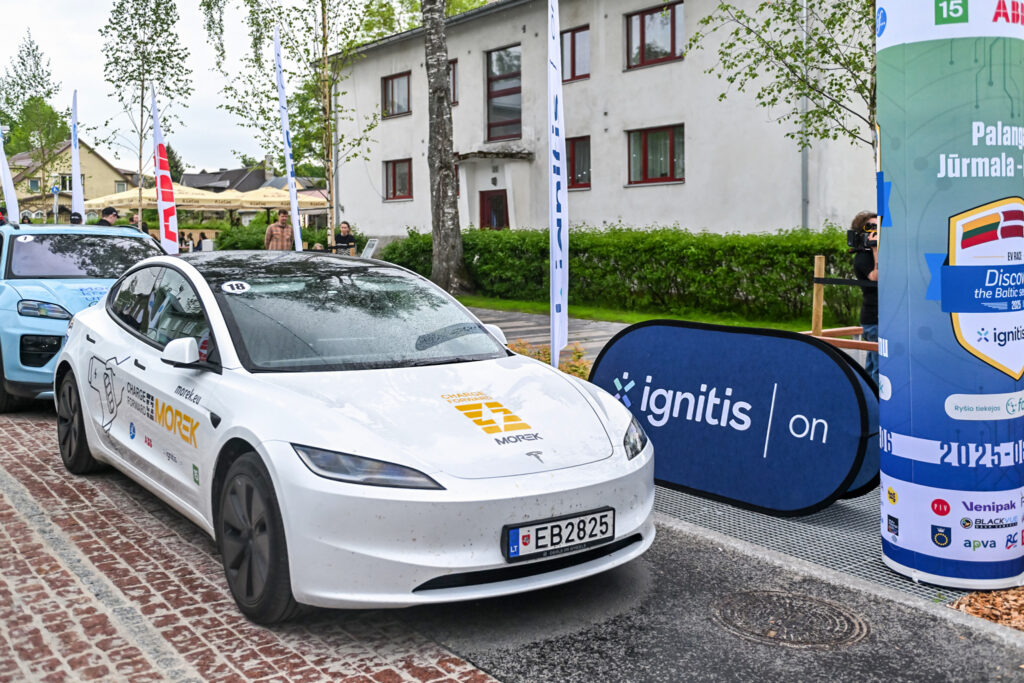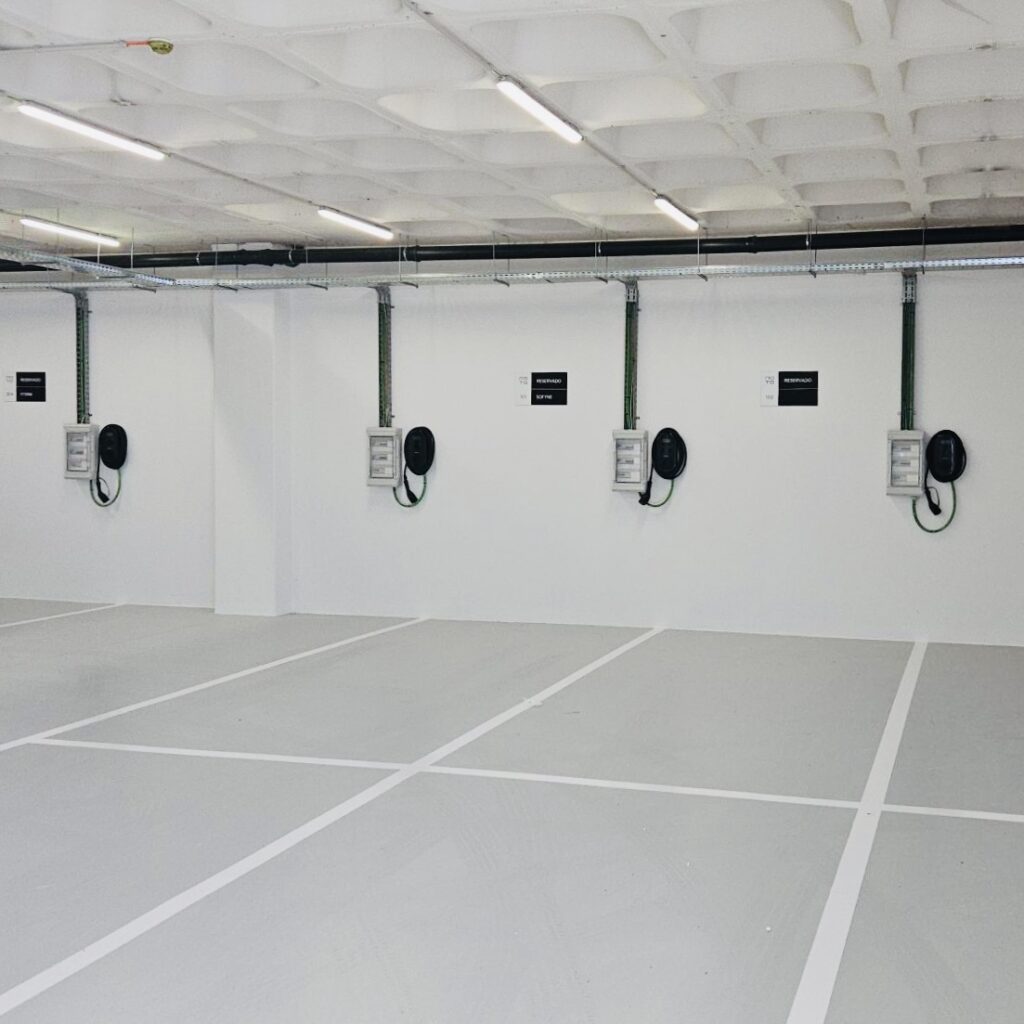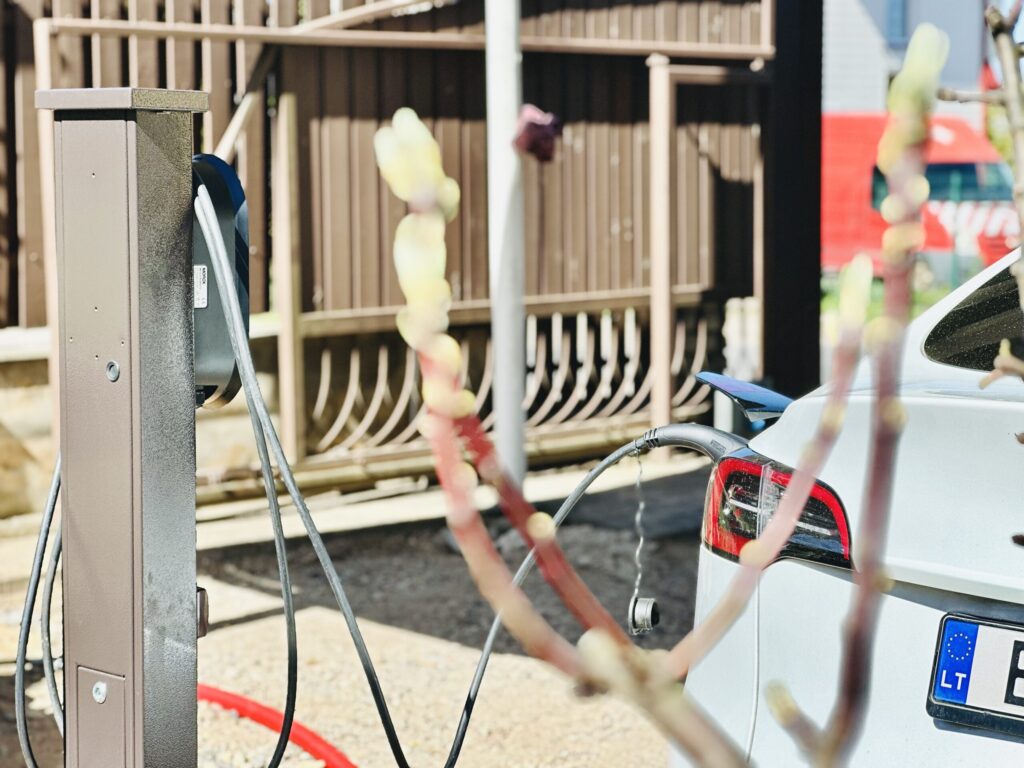Electric vehicles (EVs) have swiftly gained popularity as eco-friendly alternatives to traditional fossil fuel-powered vehicles. One of the key factors influencing EV adoption is the speed at which these vehicles can charge. Two primary charging methods are AC (Alternating Current) and DC (Direct Current) charging. Let’s explore how fast electric cars can charge using each method and their respective applications.
AC Charging Speed and Usage
AC charging is the most common and accessible method for charging electric cars. It utilizes the standard power outlets found in homes and workplaces, making it convenient for daily charging routines. However, the charging speed is relatively slower compared to DC charging.
Typically, AC charging stations come in two variants: Level 1 and Level 2.
Level 1 charging employs a standard 120-volt AC outlet and provides a charging rate of around 3 to 8 kilometers of range per hour, depending on the EV’s battery capacity. This method is ideal for overnight charging or when time is not of the essence, but we think that this is only an emergency solution.
Level 2 charging, on the other hand, utilizes a 240-volt AC outlet and delivers a significantly faster charging rate, around 16 to 100 kilometers of range per hour. It is commonly found in public charging stations, shopping centers, and EV-friendly parking lots.
Morek level 2 chargers
Level 2 charging is suitable for drivers who need to recharge during the day and want to maximize their daily driving range.
DC Charging Speed and Main Usages
DC fast charging, also known as Level 3 charging, offers significantly higher charging speeds compared to AC charging. Instead of converting AC power from the grid to DC power within the vehicle, DC fast chargers directly supply the EV’s battery with high-voltage DC power.
DC fast charging stations are often strategically placed along highways and major travel routes, allowing EV drivers to quickly recharge their vehicles during long trips. This fast-charging capability has significantly reduced “range anxiety,” a concern often associated with EVs, as drivers can quickly top up their batteries and continue their journey.
Morek’s 30 – 180 kW DC chargers
The charging rate for DC fast charging can range from 30 kW to over 350 kW, depending on the station and the vehicle’s compatibility. A 30-40 kW DC fast charger can provide approximately 100 kilometers of range in about 30 minutes, while a 40 kW charger can offer even faster charging times. At the fastest rates, EVs can gain approximately 150 km of range in just 10-15 minutes, making long-distance travel more feasible.
The charging speed of electric cars plays a crucial role in shaping the future of electric mobility. While AC charging remains the more prevalent method for everyday use, DC fast charging provides a rapid solution for long-distance travel and emergency charging needs. As technology advances and charging infrastructure expands, the convenience and efficiency of electric car charging will continue to improve, encouraging even more drivers to make the switch to sustainable transportation.
Check electric car models charging capacities https://ev-database.org
